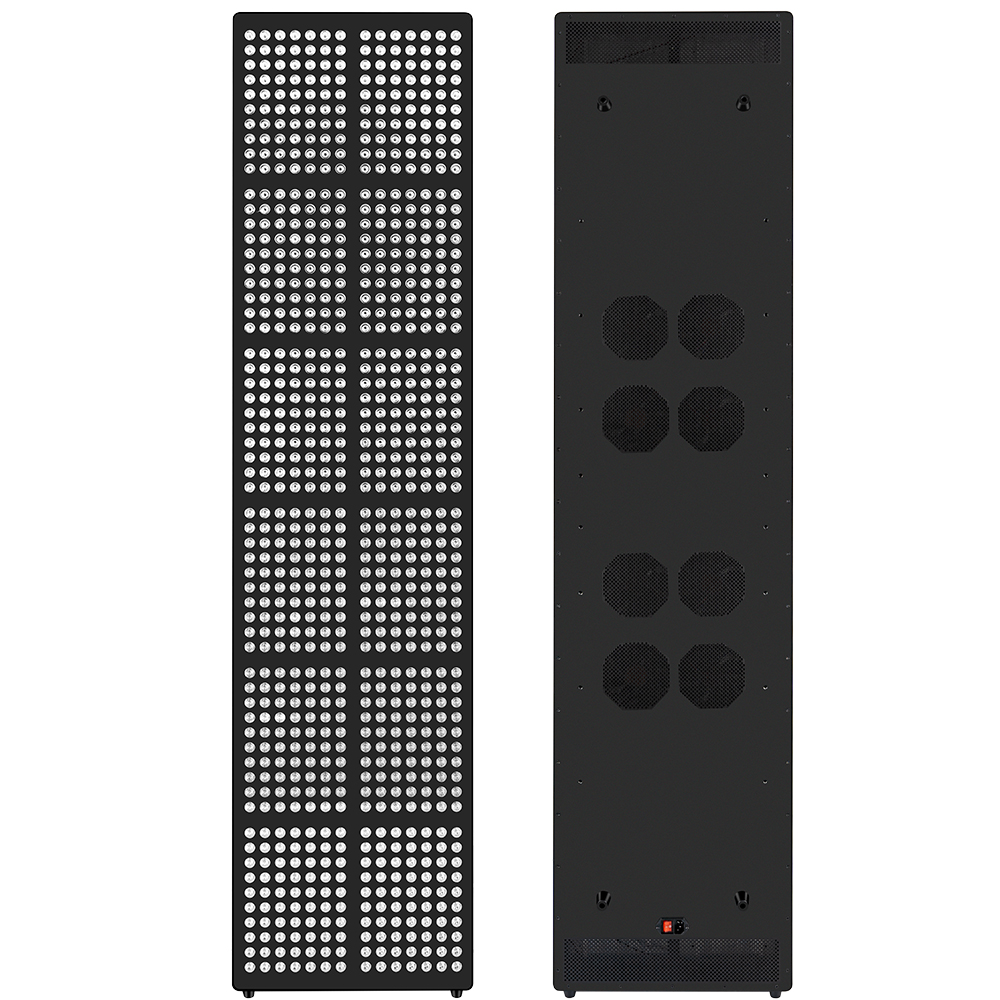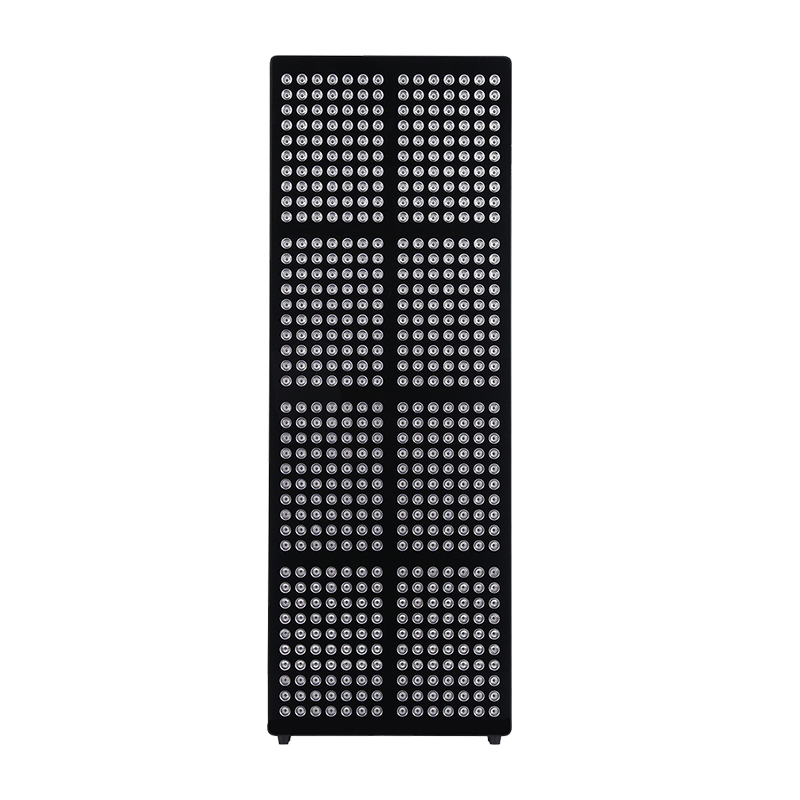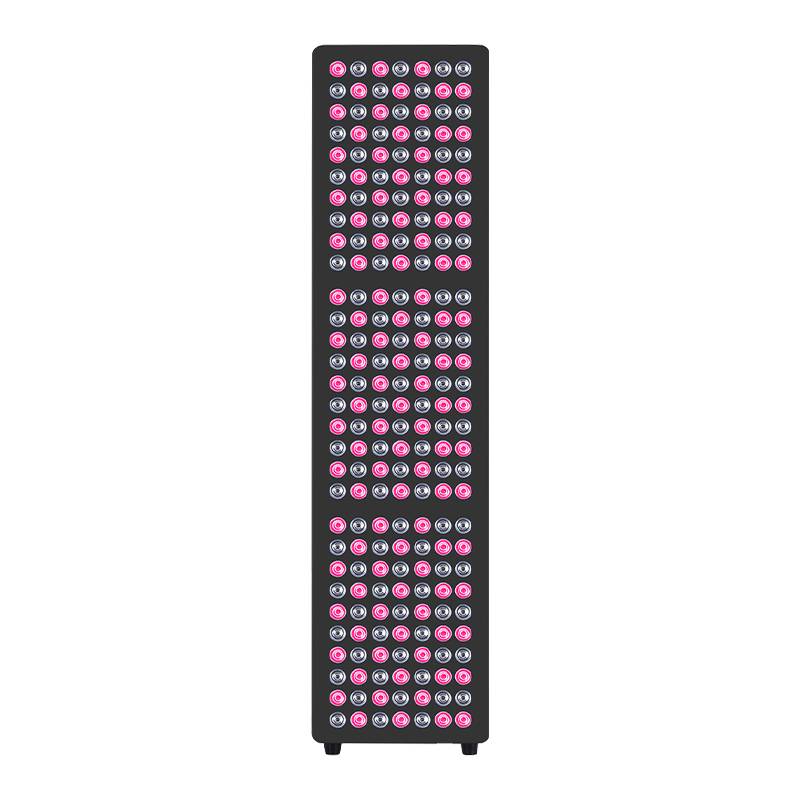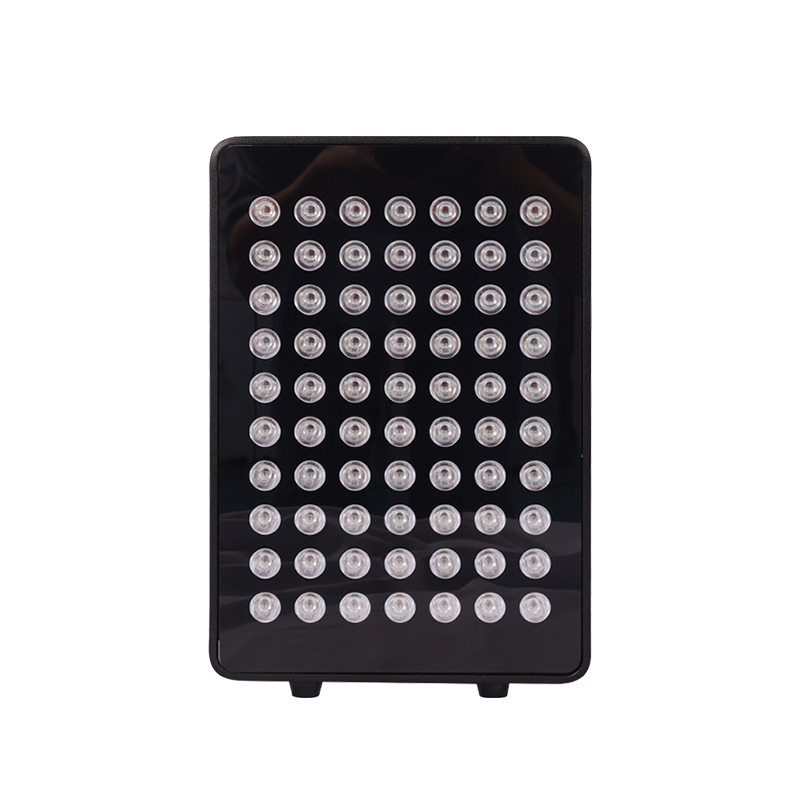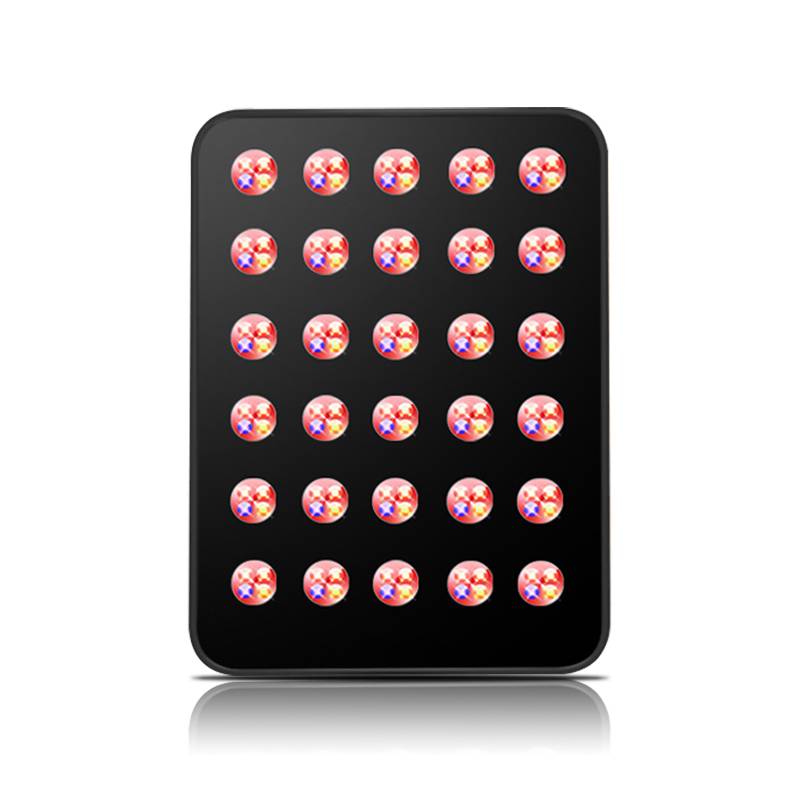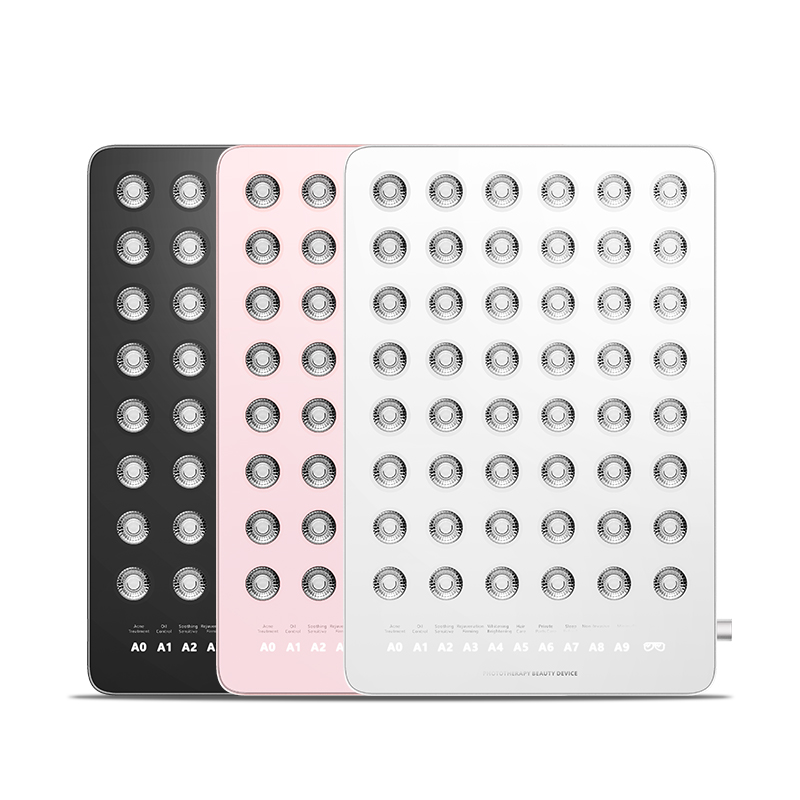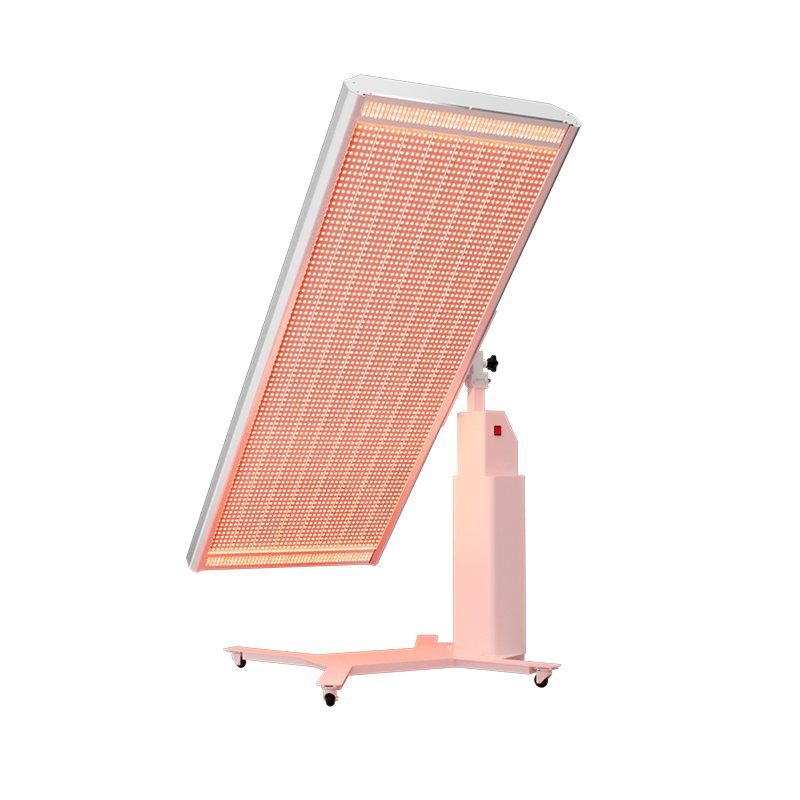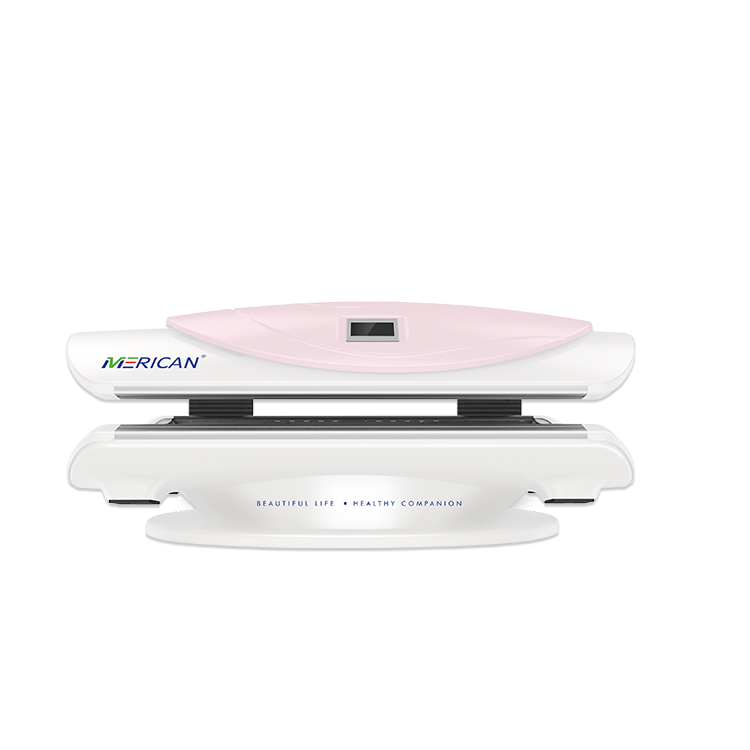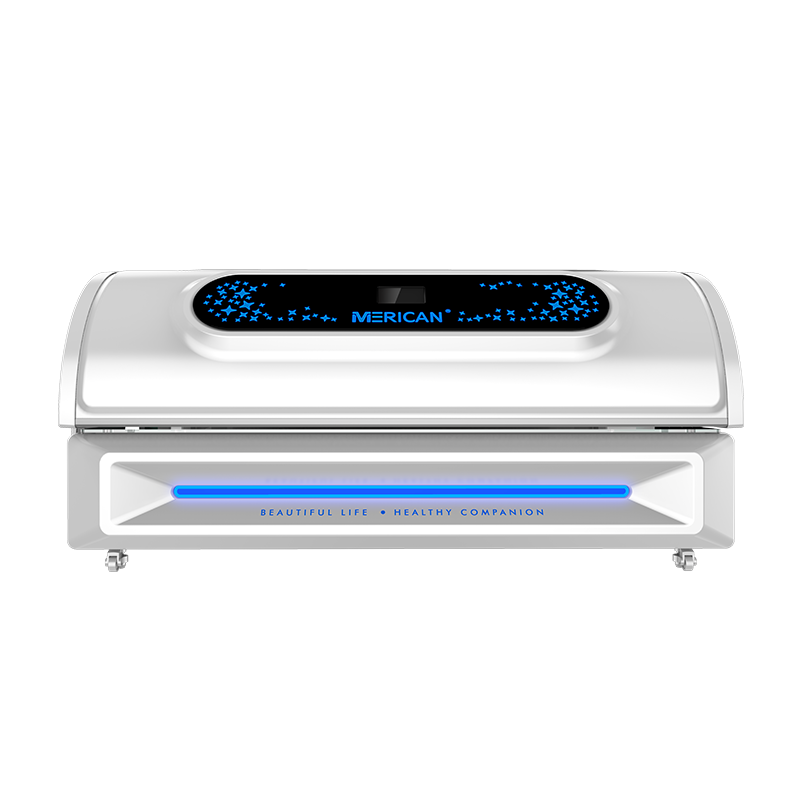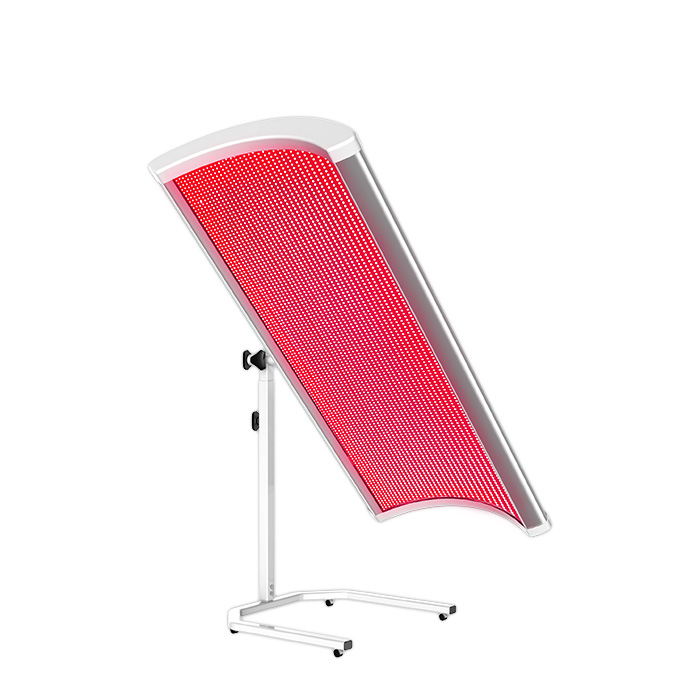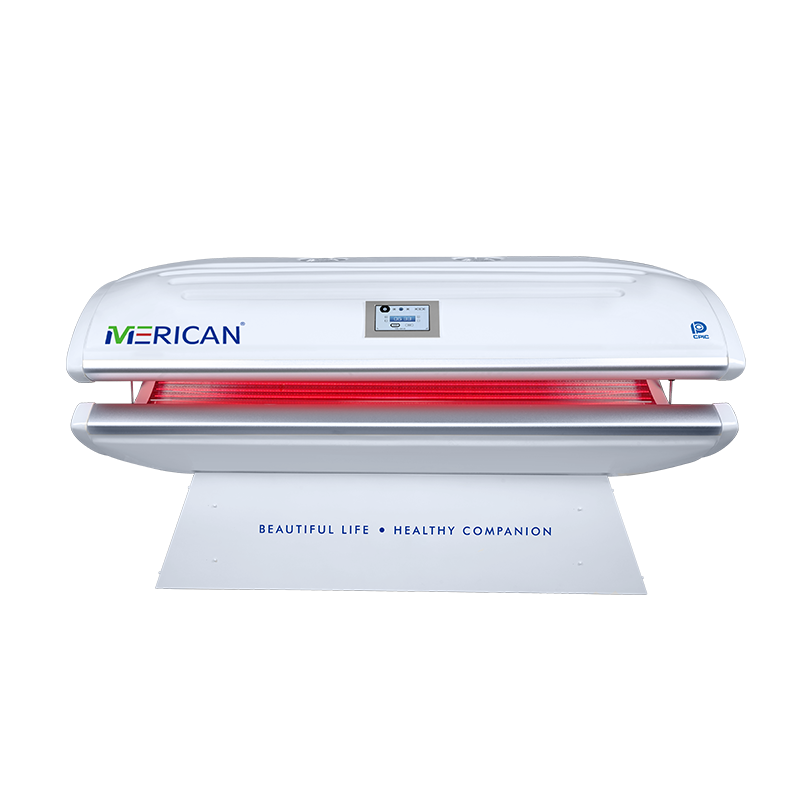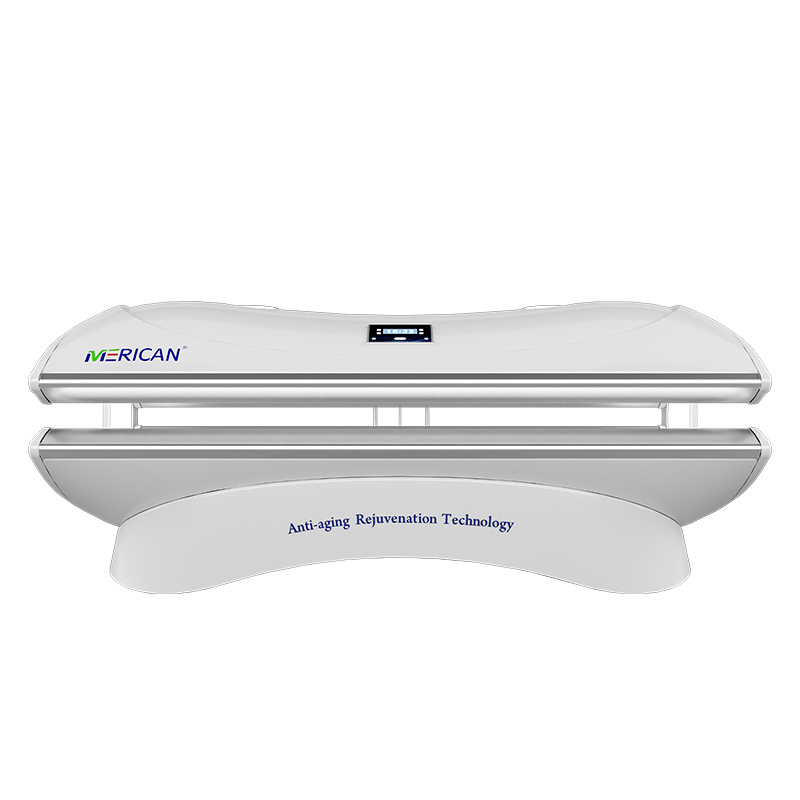UN 2014 recensione esaminata 17 studi sugli effetti della terapia con luce rossa sulla riparazione del muscolo scheletrico per il trattamento delle lesioni muscolari.
“Gli effetti principali della LLLT sono stati una riduzione del processo infiammatorio, la modulazione dei fattori di crescita e dei fattori regolatori miogenici, e aumento dell’angiogenesi”.
Gli studi analizzati dimostrano gli effetti positivi della luce rossa sul processo di riparazione muscolare.
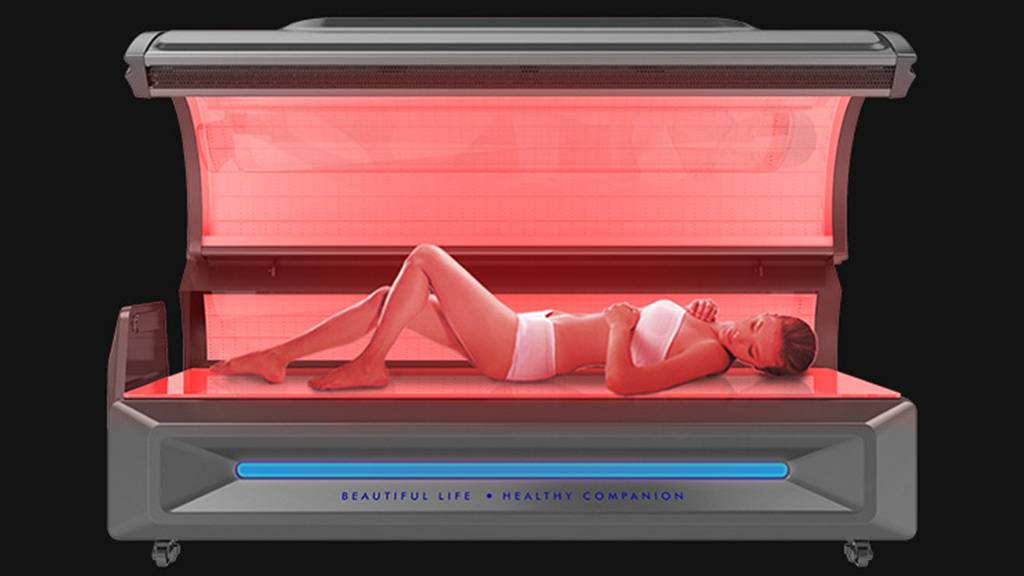
Cos'è la terapia della luce rossa?
Terapia con la luce rossa (RLT), noto anche come fotobiomodulazione, ha dimostrato di accelerare la guarigione delle lesioni in vari contesti.
Il meccanismo alla base di questa accelerazione coinvolge diversi processi biologici che vengono stimolati dalle specifiche lunghezze d'onda della luce utilizzate nella RLT, particolarmente rosso (630-660 nm) e vicino infrarosso (850 nm) lunghezze d'onda.

I vantaggi della terapia con luce rossa
La terapia con la luce rossa è vitale, e ci sono molti vantaggi per noi. Ecco alcuni dei modi in cui la terapia con luce rossa può facilitare la guarigione.
1. Aumento della produzione di ATP
La terapia con luce rossa stimola la produzione di adenosina trifosfato (ATP), il vettore energetico primario nelle cellule. Questa maggiore produzione di energia migliora la funzione cellulare e i processi di riparazione.
2. Infiammazione ridotta
La RLT può ridurre l’infiammazione modulando le citochine infiammatorie e promuovendo la risoluzione dell’infiammazione. Ciò è particolarmente utile nelle prime fasi della guarigione, dove ridurre l'infiammazione può prevenire danni secondari e promuovere il passaggio alla fase riparativa della guarigione.
3. Maggiore produzione di collagene
Il collagene è un componente cruciale dei tessuti connettivi, compresi i tendini, legamenti, e la matrice extracellulare della pelle. La terapia con luce rossa può stimolare i fibroblasti, le cellule responsabili della produzione di collagene, portando ad una migliore riparazione e resistenza dei tessuti.
4. Miglioramento della circolazione sanguigna
La RLT può aumentare il flusso sanguigno locale, che aiuta a fornire più ossigeno e sostanze nutritive alla zona lesa. Questa migliore circolazione aiuta anche nella rimozione dei prodotti di scarto e delle tossine, creando un ambiente più favorevole alla guarigione.
5. Riparazione e rigenerazione cellulare accelerata
Stimolando la produzione di energia cellulare e riducendo lo stress ossidativo, la terapia con luce rossa può accelerare la riparazione e la rigenerazione delle cellule danneggiate. Ciò è particolarmente vantaggioso per le lesioni dei tessuti molli, ferite, e persino danni neurologici.
6. Sollievo dal dolore
È stato dimostrato che la RLT ha effetti analgesici, che può essere utile per gestire il dolore associato agli infortuni. Ciò può supportare indirettamente il processo di guarigione consentendo una migliore mobilità e riducendo la necessità di farmaci antidolorifici che potrebbero avere effetti collaterali.
Nel complesso, Questi effetti contribuiscono collettivamente all’efficacia della RLT nel trattamento delle lesioni dei muscoli scheletrici. La terapia può aiutare a ridurre il dolore, rigonfiamento, e tempo di recupero, portando a una guarigione più rapida e a risultati migliori.
TDi piùlontano
I risultati che suggeriscono la RLT come un’eccellente risorsa terapeutica per il trattamento delle lesioni muscolo scheletriche sono supportati da un crescente numero di evidenze provenienti da studi clinici e ricerche.
È importante notare che mentre RLT si mostra promettente, i protocolli terapeutici ottimali (compresa la lunghezza d'onda, intensità, durata, e frequenza del trattamento) può variare a seconda del tipo specifico e della gravità della lesione.
COSÌ, è utile consultare un operatore sanitario o uno specialista in fotobiomodulazione per determinare il piano di trattamento più appropriato.











